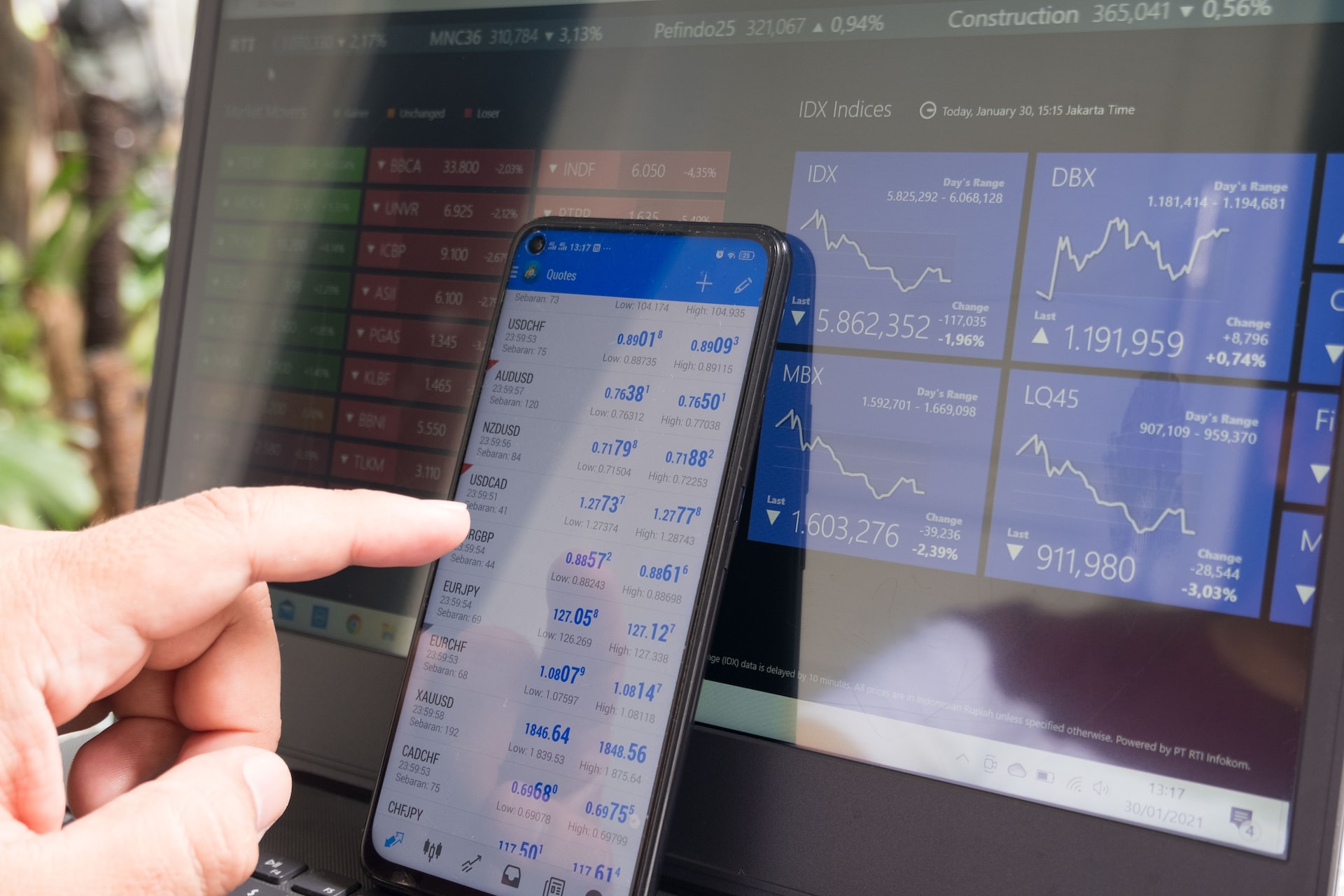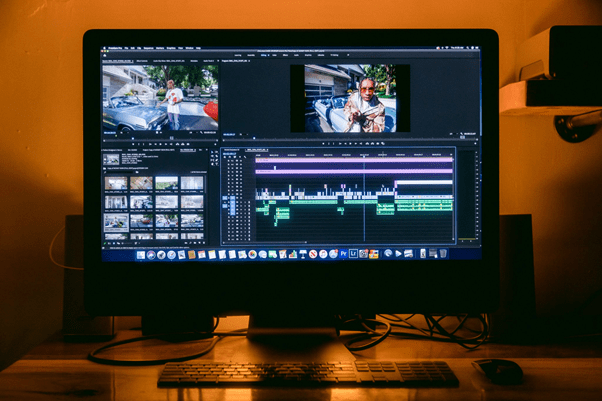How to build a handy banking app that will be appreciated by your users
Do you want to build a mobile banking app but don’t know where to start? Building a banking application isn’t easy, but it’s very lucrative. Customers are always looking for ways to cut down on banking fees and transact in more convenient ways.
In this article, we’ll show you how to build a banking app that really sells.
What to do before you build a mobile banking app
Table of Contents
Before you start a banking app, you have to know what problem you want to solve for your clients. There are several models out there, including neobanks, crypto banks, and digital banking services, that you can emulate. Success is not about how you operate but what you are trying to solve.

Do you want to reduce transaction fees? Increase convenience? Access to loans or credit cards? Transact with cryptocurrencies? Once you understand the fundamental issues you need to address, you can start your journey.
How to make a banking app
Here are just a few of the steps you need to follow in order to make a mobile banking app:
1. Decide on the concept
Knowing what you want to create will set the tone for the entire project. The more detail you can give your developers, the better. They’ll advise on the cost and scope so that you make some adjustments. It’s essential to focus on the core functionality of your app upfront. Trying to do too much at once will send costs skyrocketing. Remember, you can always roll out features at a later stage. If possible, look at offshoring as a means of keeping costs down. Developer fees are generally much lower, but their experience levels are significant.
2. Build an MVP
A minimum viable product of your app is a crucial part of your development journey. Your MVP contains just enough features for customers to get a sense of what you do and how your app will benefit them. You will use your MVP to test and validate your idea with a few members of your target audience. Once you have enough feedback, you can make changes to the product so that it’s ready for launch. Read more about developing MVP for startups.

3. Security
Make sure that the app is highly secure. Financial data is very sensitive, so you’ll need to use sophisticated encryption and verification data, including biometrics, to ensure the safety of your users and their accounts.
4. Build your app
Now that you have all of the feedback and requirements, you can build your app. Stay involved as a business owner. Monitor the milestones and deliverables, and keep your eye on the deadlines. App development requires rigorous QA testing, intensive feedback, and adjustments along the way. Scope creep is very real, so make sure you don’t add too many additional requirements or distractions to the process.
5. App design
Once the app has been built, make sure that the UI designer ensures it looks its best. At this stage, the interface will be done and dusted to a large extent, but there could be small tricks you are missing in your design that a UI designer can fix.

6. Release the nice-to-have features
Once the app is shipped, you can start planning nice to have additions and integrations with other apps via an API. This might be expense trackers, accounting software, or even social media plugins, depending on the nature of your app. At this stage, you’ll roll out all the minor features you couldn’t add to your MVP.
7. Maintenance
No app has ever launched without a few bugs or user complaints. It’s inevitable! Try rolling out a smaller audience so you can keep an eye on feedback before scaling up. Make sure that you keep staff on hand for maintenance and handling, especially if you’ve outsourced your project. Always add maintenance to your budget so that you don’t skip this crucial step.

Conclusion
That’s everything you need to know if you want to build a mobile banking app of your own. Make sure that you plan carefully and add enough budget for testing and maintenance. You can always make improvements at a later stage if your foundation is solid.







